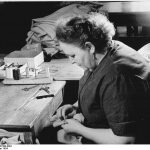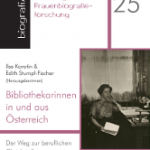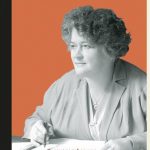Floris Meens & Anneleen Arnout, Radboud Institute for Culture and History, Radboud University
Venue: Nijmegen
Time: 23.-25.09.2020
Proposals by: 30.04.2020
- Confirmed keynote speaker: Barbara Rosenwein (Loyola, Chicago)
Anger has long been understood as a basic, universal emotion. While this view remains pervasive in certain scholarly disciplines, a large group of emotion scholars has formed a radically different understanding. Since the 1970s, a growing number of anthropologists and historians (amongst others) has focused on the social and cultural construction and function of emotions. It was in this context that anger – albeit slowly and haphazardly – became the subject of serious scholarly research. During the 1980s, Peter and Carol Stearns pointed towards shifting norms and values with regard to the expression of anger.
A decade later, Barbara Rosenwein focused on the social uses of anger in the medieval period. Since then, an increasing number of scholars has taken up the task of studying anger in a historical way (E.g.: Harris 2001; Stauffer 2007; Enenkel & Traninger eds 2015; Jensen 2017). Throughout these combined works, anger appears as a multifarious emotion, leaving us to wonder whether it is even possible to speak of one phenomenon (Rosenwein 1998). With so many different forms of anger – from the anger of the current ‘Zornpolitik’ to the moral anger lauded by medieval theologians – should we instead be thinking about a history of angers, plural (Dixon 2016)?
Building upon this line of thinking, we want to gain a more detailed understanding of how these different (types of) anger(s) took shape throughout history. More specifically, … read more and source (Web).




